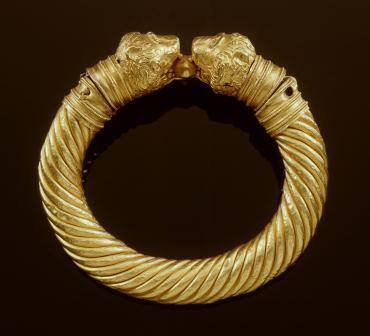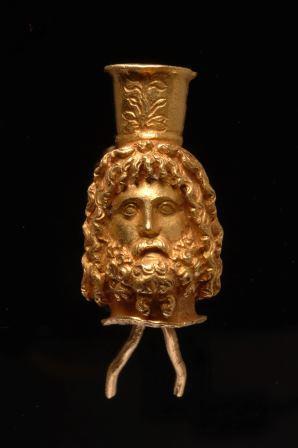The procedure
Previously, on 14 September 2009, the Committee issued advice to the Minister about an application from the Applicants for the restitution of 25 objects in the NK collection. That recommendation (RC 1.78) was to reject the restitution application in so far as it related to 24 artworks and to restitute NK 1892, Roman Capriccio by P. Cappelli. On 28 October 2009 the Minister made a decision about the restitution application in accordance with recommendation RC 1.78.
The Applicants requested the Minister to revise this decision in so far as it related to thirteen NK works. In letters of 11 January 2013 and 7 May 2014 the Minister asked the Committee for revised advice. This case is registered at the Committee as RC 4.138.
The Committee has dealt with RC 1.143 and RC 4.138 jointly, but separate recommendation is being issued in each case. In so far as necessary this recommendation refers to the recommendation with regard to case RC 4.138.
The Committee conducted an investigation into the facts in case RC 1.143 in response to the Minister’s request. This investigation was combined with the investigation relating to case RC 4.138. The results of the investigation are recorded in a draft overview of the facts dated 8 September 2014. The Applicants responded to it in letters of 29 and 30 March 2015.
There was a hearing on 15 June 2015 at the Committee’s offices in The Hague. On behalf of the Applicants the hearing was attended by Dr Kahmann, CC and DD, both sons of the applicant BB, and E. Dolev and Dr R.K. Krul, investigators. Minutes of the hearing were sent to the Applicants. The Applicants sent further documents with a letter of 19 June 2015 and an e-mail of 8 July 2015.

